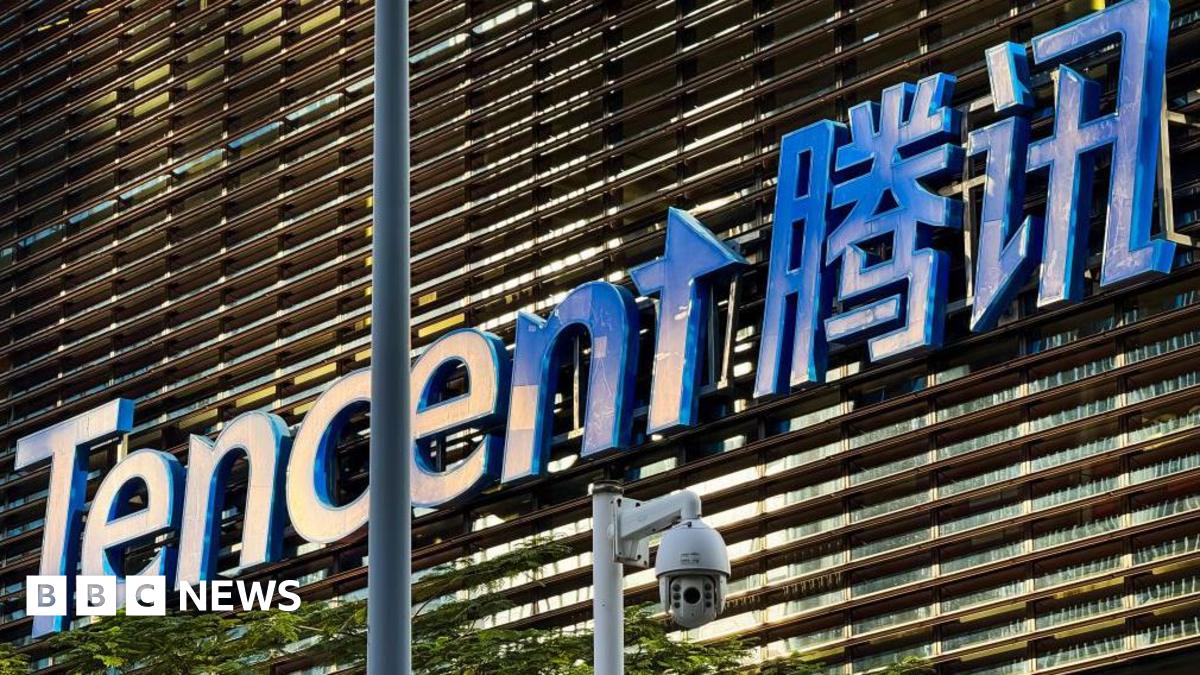Tech
US Tightens Grip On China With New Chip Restrictions

The latest developments around U.S.-China relations have taken another significant turn, particularly impacting the semiconductor industry. On December 2, 2024, the Biden administration announced sweeping new trade restrictions aimed at China’s growing chipmaking capabilities, intensifying the already fierce tech rivalry between the two nations. This latest round of restrictions is seen as one of the most comprehensive yet, reflecting deep-rooted concerns over national security and military advancements stemming from technological progress.
These restrictions, carried out by the U.S. Commerce Department’s Bureau of Industry and Security, come on the heels of the successful launch of Huawei’s Mate 70 series, which features cutting-edge technology believed to have breached previously held restrictions. The announcement involves restrictions on 24 categories of semiconductor manufacturing equipment as well as three types of software necessary for chip development. The main target of these new regulations is high-bandwidth memory (HBM) technology, which is key for advanced applications including artificial intelligence (AI).
Commerce Secretary Gina Raimondo emphasized the urgency and necessity of these measures, describing them as the toughest controls implemented so far. “We can’t allow U.S. technology, our most sophisticated, cutting-edge technology, to be used to fuel the military modernization of our adversaries, particularly the People’s Republic of China,” she stated. This sentiment echoes broader U.S. policy, reflecting fears not just of economic competition but also of potential military threats posed by China’s technological advancements.
At the heart of these new regulations is the revision of the foreign direct product rule, allowing the U.S. to control products made abroad if they incorporate American technology. This provides the U.S. government with greater power to limit exports to Chinese companies, particularly those linked to China’s military or alleged human rights violations. The specifics of the new blacklists include 140 Chinese organizations reportedly involved directly or indirectly with military applications.
China’s response has been predictable. The Chinese Foreign Ministry accused the United States of “maliciously blockading and suppressing” its technological development. The tensions are palpable, and with Washington urging its allies—like Japan and the Netherlands—to adopt similar restrictions, the potential for heightened diplomatic strife is evident. These countries hold significant leverage due to their roles as key players in global semiconductor manufacturing.
This latest escalation arises from the Biden administration’s continued efforts to build upon the restrictive measures initiated during Donald Trump’s presidency. Trump had launched the trade war and introduced tariffs and other measures to limit China’s access to advanced technologies. He famously placed Huawei on the entity list, which has greatly constrained its ability to source necessary components.
While restrictions have previously succeeded in stifling certain aspects of China’s technology ambitions, many are observing the resilience and adaptability of Chinese companies. For example, Huawei’s partnership with the Semiconductor Manufacturing International Corporation (SMIC) has illustrated its tenacity amid crisis. Despite the sanctions, Huawei and SMIC were able to produce the Kirin 9000S chip—a technological marvel achieved without access to advanced manufacturing equipment.
Previous attempts by the U.S. to hinder China’s semiconductor ambitions have shown limited success. While export controls have made it harder for Huawei to source components, the company has demonstrated ingenuity and resourcefulness, turning to manufacturers outside the U.S. and reallocations of supply chains. The latest restrictions could potentially challenge these adaptations, particularly as they expand to include investment firms and companies directly involved with Chinese military technologies.
The concern surrounding these developments extends beyond just Huawei. China’s ability to produce high-quality semiconductors is integral not only to commercial technology but also to bolstering its military capabilities. High-bandwidth memory is particularly pivotal as these chips drive performance enhancements for AI systems utilized by defense sectors.
The newly imposed restrictions could severely limit access to developments from renowned firms such as Micron, Samsung, and others producing advanced chips. Chinese companies, especially those involved with Huawei such as Baidu, have moved aggressively to stockpile these materials, anticipating such restrictions. Reports have indicated these firms are bracing themselves for impacts on supply chains and markets.
While Huawei and several other Chinese firms have managed to navigate previous sanctions successfully, speculation looms about the sustainability of their development without access to the latest chip-making technologies. Their successes, including the Mate 60 and Mate 70 series smartphones, have captured national pride and reflects a strategic shift away from dependency on American technology.
This shift toward self-reliance and technological independence is central to China’s ambitions, particularly its investments in semiconductor production as part of its larger economic strategy. With the U.S. tightening the noose around China’s semiconductor industry, the stakes are higher than ever. The question of whether this strategy can endure is more pertinent than ever as the U.S. prepares for potential escalations.
Looking forward, analysts are keeping close tabs on the potential ramifications of these restrictions. With semiconductor firms increasingly central to both commercial markets and national security, the tech rivalry between the U.S. and China shows no signs of abatement. It embodies not just technological competition, but massive economic ramifications and geopolitical significance.
Even as the Biden administration takes aim at China’s hi-tech ambitions, uncertainties remain about whether these restrictions will lead to the desired outcomes. The restrictions may slow down developments, but as economic history has illustrated, innovation could arise from new challenges, driving ingenuity as companies scramble to overcome barriers and refine their methodologies.
With Trump possibly returning to the White House and considering potential policy reversals, the immediate future of U.S.-China relations, particularly concerning trade and technology, appears as interconnected as ever. The overarching narrative seems to pivot on two key players—U.S. policymakers intent on curbing threats from China and Chinese firms doggedly determined to maintain technological relevance.
Whether through resilience or encroaching challenges, the next chapter of this technological arms race is set to reveal how both nations adapt and pivot amid shifting geopolitical landscapes. Undoubtedly, the stakes are not just high—they are monumental, with lasting impacts for industries and economies worldwide.









